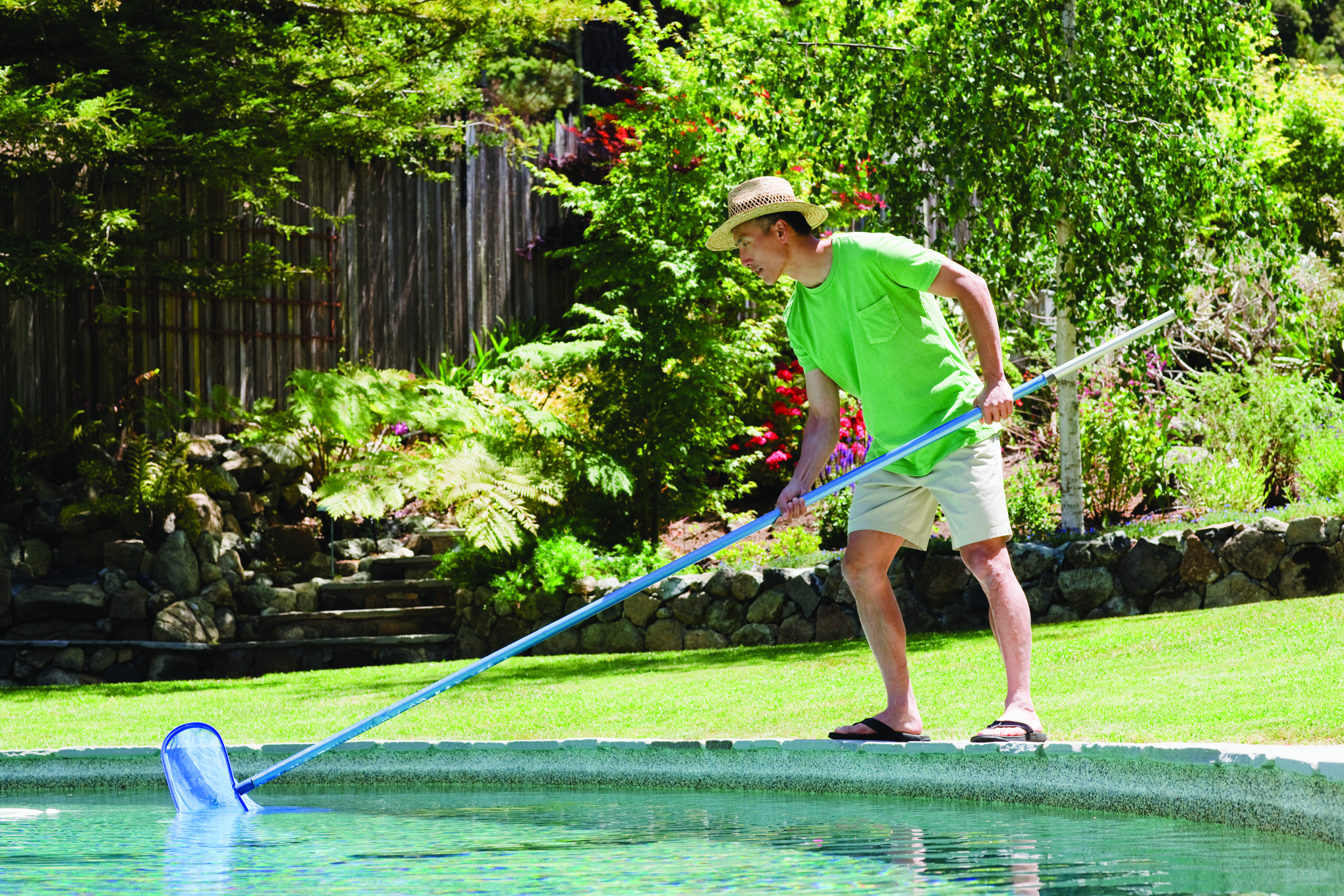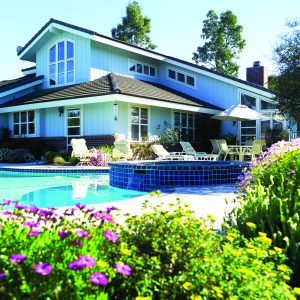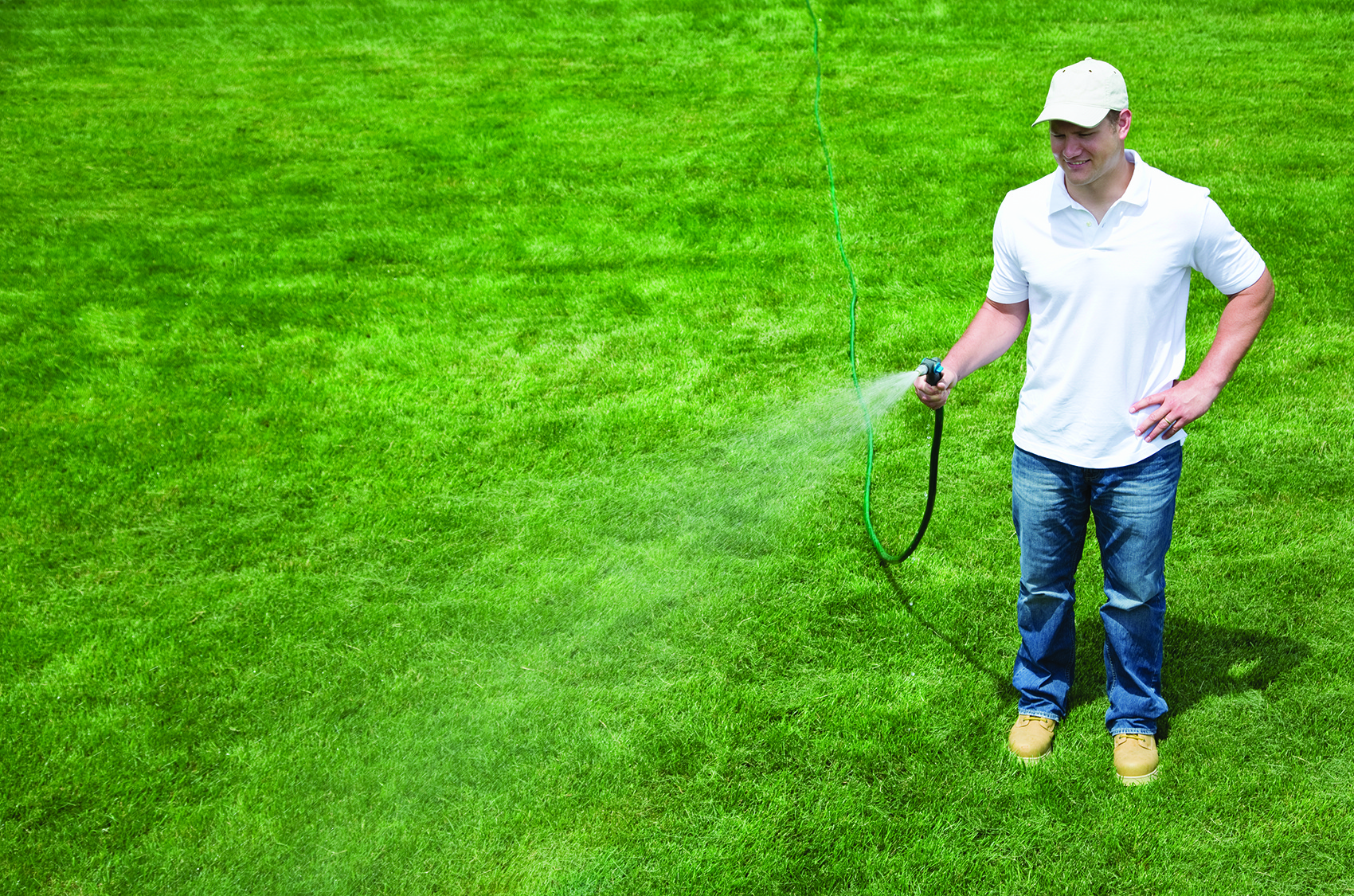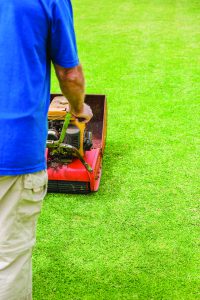Homeowners choose renovation projects for a variety of reasons. Although many improvements are made to increase functionality and comfort of a home, several others are seen as worthwhile investments. These investments can add up to a higher resale value when the time comes to sell a home.
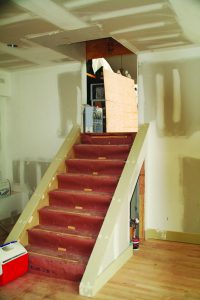 Certain projects have a history of providing a greater return on homeowners’ investments than others. The following renovation tips can add beauty to your home and generate great returns when you put the home up for sale.
Certain projects have a history of providing a greater return on homeowners’ investments than others. The following renovation tips can add beauty to your home and generate great returns when you put the home up for sale.
· Invest in your kitchen. Kitchen remodels are a safe bet when it comes to putting money into improving a home. Residents tend to spend a great deal of time in the kitchen, but a dated, poorly functioning kitchen can detract from the value of a home, even if the rest of the home is in good shape. It’s possible to recoup between 60 and 120 percent of your kitchen remodel investment, especially if the kitchen matches up well with the rest of your home. Homeowners should know that a deluxe renovation may not be necessary, as relatively moderate improvements can create a whole new look for a kitchen.
· Look to paint. One of the least expensive improvement materials, but one that has a significant impact, is paint. Neutral, modern colors can easily liven up any space. If you paint with low-VOC paint, you also can advertise an eco-friendly home, which is very desireable these days.
· Put in another bathroom. Multiple bathrooms are an attractive selling point, particularly in older homes that may not have beenequipped with more than one bathroom. Finding extra space for a bathroom can be tricky, but consider closets, areas under stairs or even taking some space away from another room. Popular home-improvement television channel HGTV advises that half-bathrooms require at least 18 square feet of space, while full baths need 30 to 35 square feet for a stand-up shower or bathtub.
· Renovate the HVAC system. Aesthetic improvements aren’t the only ones that add value to a home. Many home buyers are eager to purchase a home that has a new heating and cooling system, as buyers understand that furnaces and air conditioning units are substantial investments that can last for years. Other improvements, such as adding attic insulation or replacing older windows and doors with more energy efficient options, also are smart bets.
· Add illumination to rooms. A dark home is a dreary home. Adding light can mean including more overhead and accent lighting. Under-cabinet task lighting is a nice touch. Inclusion of skylights and sun tubes can bring natural light into rooms that may not have south- or west-facing windows.
· Put a deck addition outdoors. Outdoor living spaces have become more desireable, especially as the “staycation” has grown in popularity. Decks and patios can make backyards more appealing. The scope of your investment will depend on the size of the deck and design. Doing the work yourself can cut the cost of decks in half, but only if you have the specific tools or experience to tackle such a project.
· Improve curb appeal. Adding attractive landscaping and freshening up the entryway to a home can add considerable value to your home, as buyers judge homes by their exteriors. Completely renovated interiors may never be seen if buyers pass up your home because of a less attractive exterior. Classy, subtle changes, like well-placed shrubbery and a green lawn, can work wonders. An inviting front door and well-lit entryway also add curb appeal to a home.
Before making improvements, homeowners should determine if a given project will provide a solid return on their investment. SH152894


